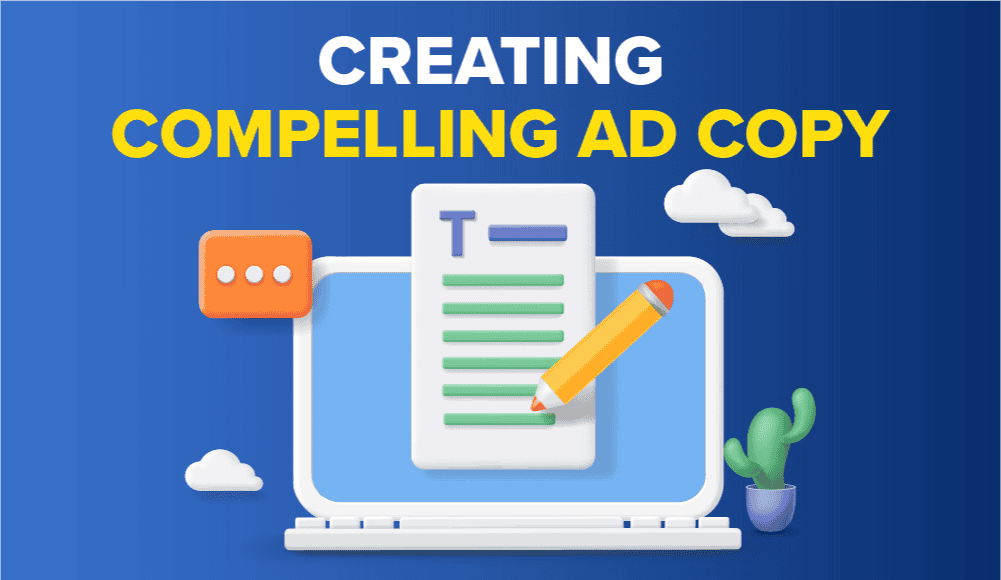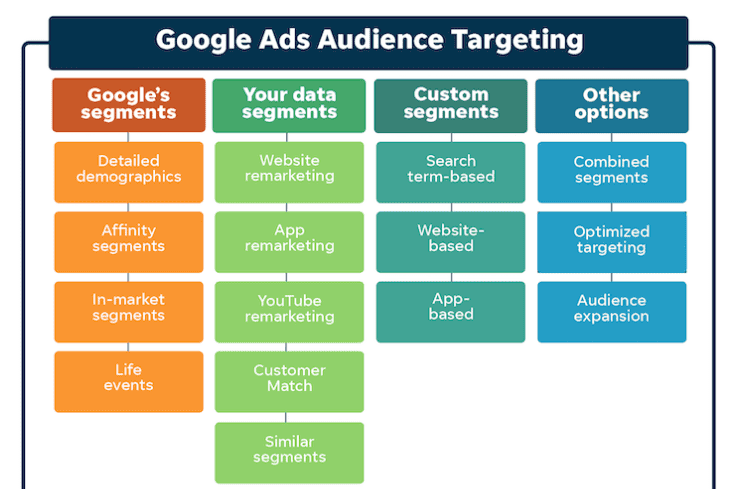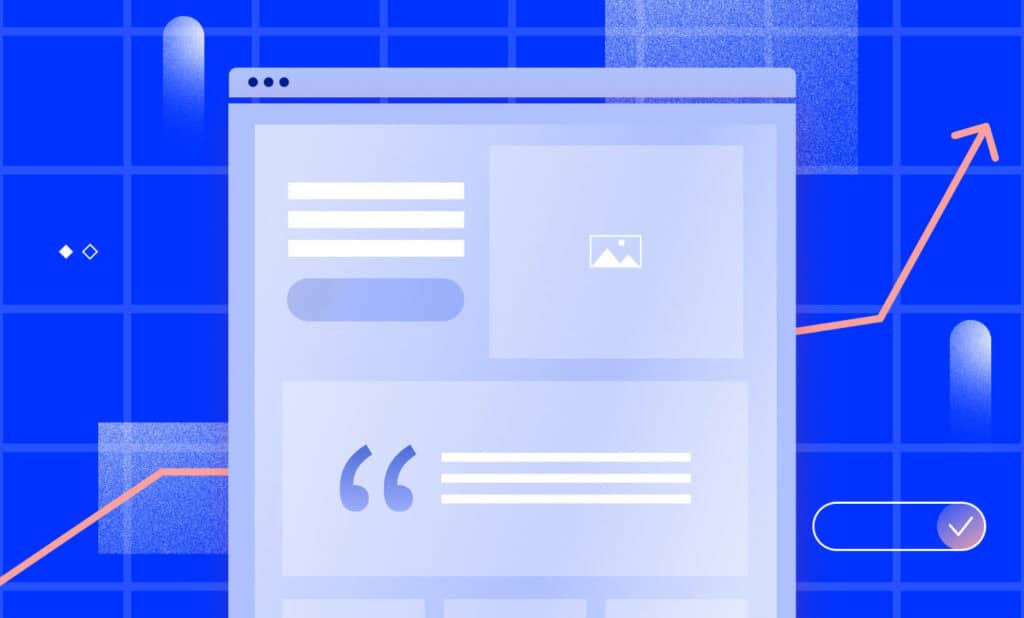Google Ads can transform your biotech firm’s digital presence, with specialized companies seeing up to 300% ROI when campaigns are properly optimized. As someone who’s managed dozens of biotech PPC campaigns, I’ll share proven strategies to help you capture qualified leads while staying compliant with industry regulations.
Crafting High-Converting Ad Copy for Biotech Products
Creating compelling ad copy for biotech products requires a delicate balance between technical accuracy and commercial appeal. I’ve found that focusing on specific pain points – like research timeline reduction or process optimization – generates 2-3x higher click-through rates compared to generic benefit statements.
For instance, when I worked with a biotech reagent supplier, changing their headline from “High-Quality Research Products” to “Cut Research Time 40% – Validated Reagents” improved their conversion rate by 27%. The key is speaking directly to the researcher’s priorities while maintaining scientific credibility.

Navigating FDA Compliance in Google Ads
Running compliant Google Ads campaigns in biotech isn’t optional – it’s essential. I’ve seen accounts suspended for seemingly minor violations, which is why understanding FDA advertising guidelines is crucial. Your ads must avoid making unsubstantiated claims while still communicating value.
One effective approach I use is focusing on specific, documented capabilities rather than broad outcome promises. For example, instead of claiming “Breakthrough Cancer Treatment,” opt for “Clinical-Stage Immunotherapy Platform – View Research Data.”
Remember to include appropriate disclaimers in your ad extensions and landing pages. This not only keeps you compliant but also builds trust with sophisticated biotech buyers.

Targeting the Right Biotech Audience
The biotech audience is uniquely segmented, and I’ve learned that granular targeting delivers the best results. In one campaign, creating separate ad groups for research scientists, lab managers, and procurement officers increased qualified leads by 85%.
Custom intent audiences have been particularly effective for biotech campaigns. By targeting users who’ve visited specific scientific journal sites or searched for specialized research terms, I’ve achieved cost-per-acquisition rates 40% lower than standard keyword targeting alone.

Optimizing Landing Pages for Scientific Buyers
Scientific buyers need more than marketing speak – they want data. I’ve found that landing pages featuring peer-reviewed research citations and detailed specifications convert 50% better than those with just product benefits.
A successful biotech landing page should include downloadable technical documentation, validation studies, and clear pricing information when possible. One client saw their conversion rate double after adding an interactive specifications comparison tool to their landing page.

Budget Allocation and Bid Strategy for Biotech Keywords
Biotech keywords are often expensive, with some terms costing over $50 per click. I recommend starting with highly specific long-tail keywords that target clear purchase intent. For example, targeting “monoclonal antibody production services” instead of “antibody services” typically results in better ROI.
Using automated bidding strategies like Target ROAS has worked well for my biotech clients, but only after collecting at least 3 months of conversion data. One client saw their cost per lead drop by 35% after switching from manual to automated bidding with proper conversion tracking.
Don’t forget to allocate budget for remarketing. In my experience, biotech purchase decisions often take 3-6 months, making remarketing crucial for staying top-of-mind throughout the buying cycle.

Measuring Success in Biotech PPC Campaigns
Traditional PPC metrics don’t always tell the full story in biotech. I focus on quality metrics like time on site for technical content and whitepaper download completion rates. These often correlate better with actual purchase intent than click-through rates alone.
Implement proper conversion tracking for different user types. Track not just form fills but also technical document downloads, sample requests, and time spent on specification pages. This data helps optimize campaigns for the metrics that matter most to your bottom line.








